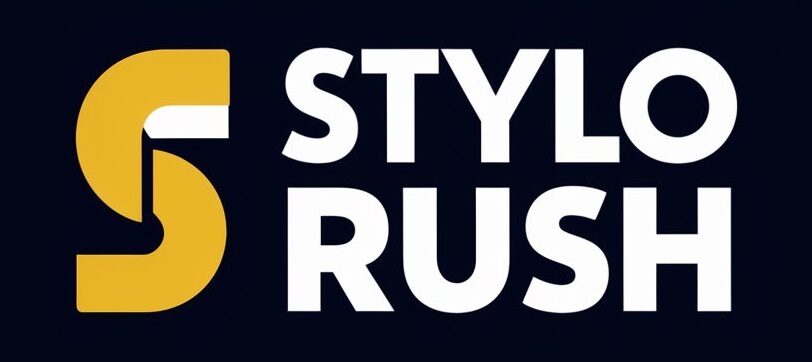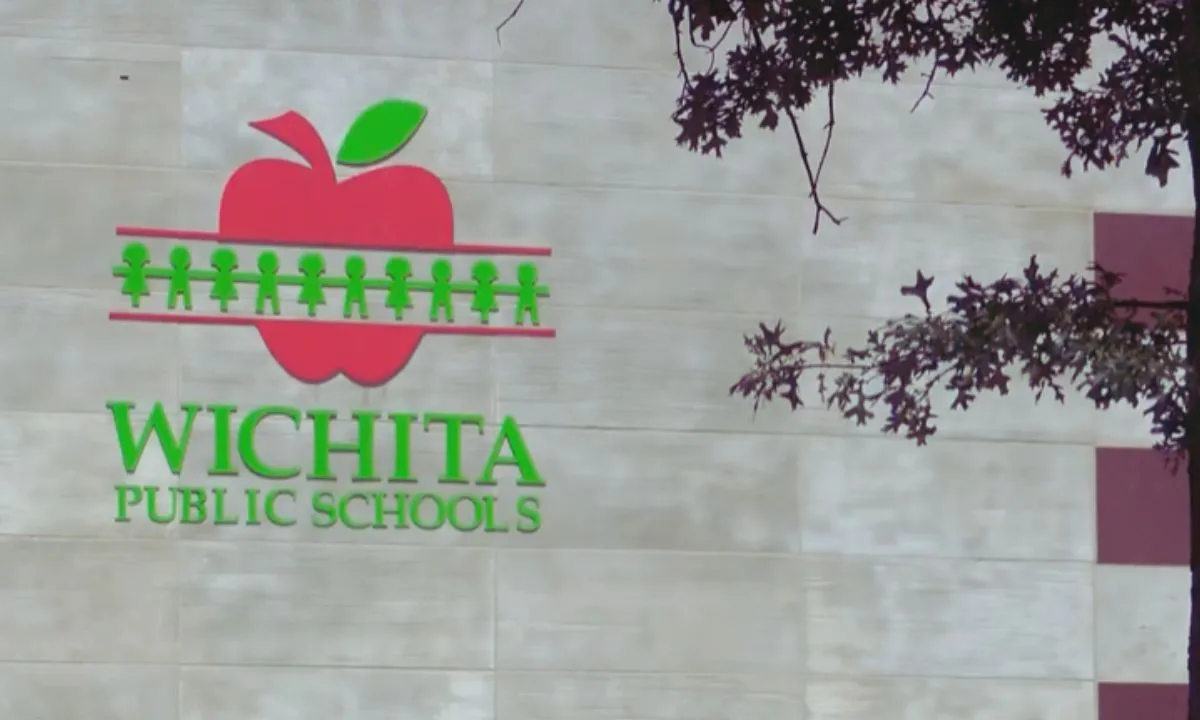The upcoming USD 259 school closing plan has ignited conversations among parents, educators, and community members in Wichita. Six schools face potential closure if the Wichita school board approves the proposal, leading to significant changes in the educational landscape. Understanding the context, implications, and reasons behind these closures is crucial for everyone involved.
Background: How We Got Here
Wichita Public Schools, also known as USD 259, has a rich history. Established to serve the growing population of Wichita, it has adapted over decades to meet the needs of its students. However, several factors have converged to push the district toward a critical decision about school closings Wichita KS.
Key Factors Leading to USD 259 School Closures
- Declining Enrollment: Enrollment has dropped significantly in recent years. From a peak of approximately 63,000 students in 1971, the current enrollment sits at about 54,800, marking a loss of nearly 9% since 2015. This decline reflects broader national trends in public school enrollment, driven by various socio-economic factors.
- Financial Constraints: The district faces a budget gap of $42 million. Anticipated savings from the proposed closures amount to around $16.2 million, a necessary step to balance the budget. As funding becomes increasingly strained, the district must make tough decisions to ensure the sustainability of remaining schools.
- Aging Infrastructure: Many schools in the district require substantial repairs. For instance, the cost to repair one school could exceed $11 million, prompting the board to consider closures as a viable option. Aging facilities not only pose safety risks but also affect the learning environment for students.
- Shifting Demographics: Changes in population dynamics, including a declining birth rate in Kansas, contribute to fewer students entering the public school system. According to recent demographic studies, the birth rate in Kansas has decreased steadily over the past decade, affecting future school enrollments.
Impact of the Pandemic
The COVID-19 pandemic has reshaped education across the nation. In Wichita, attendance plummeted as families opted for remote learning, and many students did not return to traditional classrooms. This shift not only affected current enrollment but also prompted some parents to seek alternative education routes, such as private schools or homeschooling.
Enrollment Trends Post-Pandemic
The decline in enrollment post-pandemic is a national trend. In Wichita, the impact was particularly evident, with the district losing about 2,200 students. Schools like Hadley Middle School and Jardine STEM and Career Explorations Academy are now facing the consequences of this shift.
Long-Term Effects of the Pandemic
The repercussions of the pandemic are likely to last for years. Teachers report increased learning gaps among students, and many families are still hesitant to return to in-person education. As a result, the district must navigate a complex landscape to rebuild trust and enrollment.
Community Engagement and Response
Community engagement is a vital aspect of the decision-making process regarding school closures. Public meetings and forums allow parents, educators, and local residents to voice their concerns, share experiences, and propose solutions. This inclusive approach fosters a sense of belonging and accountability within the community, empowering individuals to participate in shaping the future of their schools. By actively involving stakeholders, the district can gain valuable feedback that may inform alternative strategies to closures.
Furthermore, community response can significantly influence the school board’s decisions. When residents feel their voices are heard, it cultivates trust and cooperation between the school district and families. Engaging in constructive dialogue helps bridge gaps between differing opinions, ensuring that all perspectives are considered in the final decision-making process. Ultimately, a united community effort can lead to innovative solutions that address the root causes of declining enrollment and financial strain.
Long-Term Trends Influencing Closures
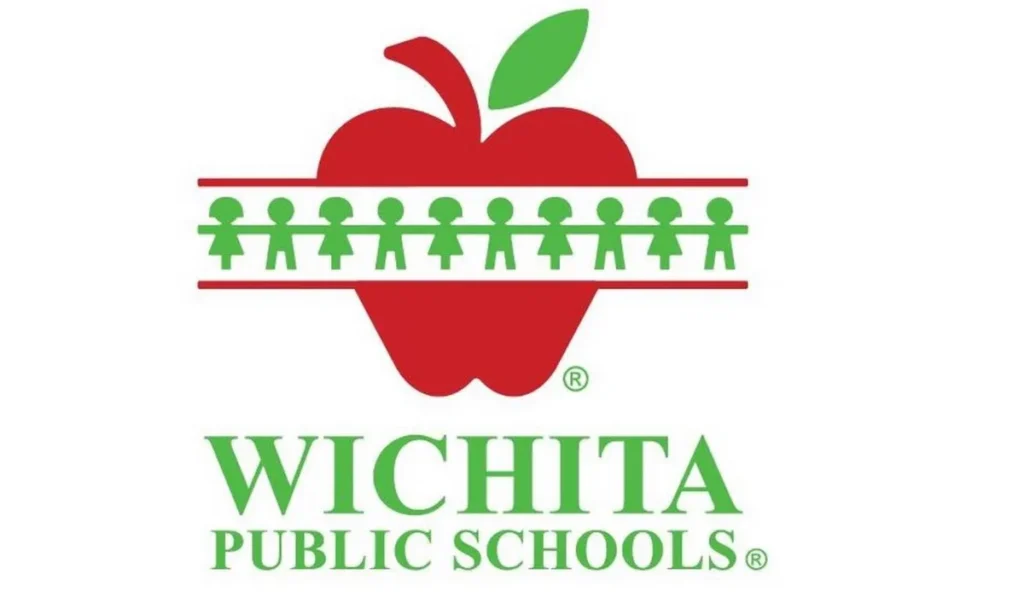
Understanding the USD 259 school closings situation requires looking at long-term trends affecting public education:
- Rising Enrollment in Private Schools: As families seek alternatives, enrollment in private institutions has increased, further straining public school numbers. Reports indicate that enrollment in private schools in Wichita has risen by nearly 15% since 2020.
- Economic Factors: Fluctuating state aid and financial constraints have exacerbated the situation. Federal pandemic relief funds that once supported schools are diminishing, leaving many districts, including USD 259, vulnerable.
Key Statistics on Enrollment and Funding
| Year | Total Enrollment | Change from Previous Year |
|---|---|---|
| 2015 | 60,200 | – |
| 2020 | 57,000 | -3,200 |
| 2023 | 54,800 | -2,200 |
Funding Trends
| Funding Source | 2019 Amount | 2023 Amount | Change |
|---|---|---|---|
| State Aid | $200 million | $150 million | -25% |
| Federal Relief Funding | $50 million | $10 million | -80% |
The decreasing financial support and rising operational costs create a challenging environment for Wichita Public Schools.
Alternatives to School Closures
Before deciding on school closures, the Wichita school district explored various alternatives aimed at mitigating budget shortfalls while preserving educational opportunities. Strategies included consolidating resources among schools, leveraging partnerships with local organizations, and expanding existing magnet programs that attract students. By investigating these options, the district could potentially maintain educational access without resorting to closures that impact entire communities.
Additionally, increasing community partnerships can provide essential support and resources. Collaborations with local businesses, nonprofits, and higher education institutions can enhance educational offerings, reduce operational costs, and create a more vibrant learning environment. Such alternatives not only demonstrate a commitment to sustaining education in Wichita but also foster a collaborative spirit that can unite the community around common goals.
List of Schools Proposed for Closure
The Wichita school closings board has identified six schools for potential closure. Each of these institutions has a unique history and impact on the community.
Schools Facing Closure
- Hadley Middle School
- Jardine STEM and Career Explorations Academy Middle School
- Payne Elementary School
- Park Elementary School
- Clark Elementary School
- Cleaveland Traditional College and Career Readiness Magnet Elementary School
These schools serve diverse populations and offer various educational programs, making the potential closures a significant loss for their communities.
Long-term Educational Impact
The impact of school closures on students extends well beyond immediate financial concerns. Displaced students may struggle to adapt to new environments, affecting their academic performance and social development. Transitioning to a different school can be daunting, particularly for younger children who rely on familiar routines and relationships. The emotional and psychological effects of such changes are significant, warranting careful planning and support for affected families.
Moreover, the long-term educational implications may include increased dropout rates and diminished engagement in the remaining schools. If not addressed, these challenges can lead to broader educational inequities within the district. It is essential for the school board to consider these factors and implement support systems—such as mentorship programs, counseling services, and community-building activities—to help students transition smoothly and continue their educational journeys.
Overview of USD 259 Elementary Schools
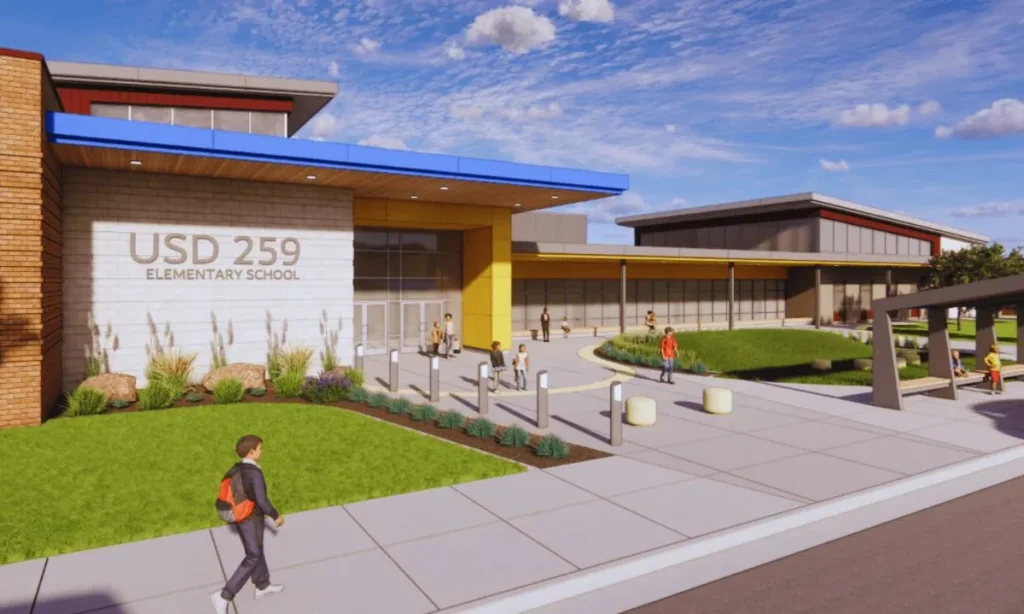
The elementary schools within USD 259 play a critical role in early childhood education. They provide foundational skills that students need to succeed in later grades. The closures will not only impact the current students but also reshape the educational journey for future generations.
Importance of Elementary Education
- Foundation of Learning: Elementary schools introduce key subjects such as math, science, and literacy. These early years are vital for cognitive development.
- Social Skills Development: Students learn to interact with peers, fostering essential social skills. Positive relationships formed in these settings can have lasting effects on emotional health.
- Community Hub: Schools often serve as community centers, offering resources and support for families. Losing these schools can disrupt community ties and accessibility to services.
- Transportation Challenges
- Increased transportation needs often accompany school closures, posing challenges for students who must travel farther to attend classes. Longer commutes can disproportionately affect low-income families, who may lack reliable transportation options. This situation raises concerns about equity in education, as access to quality schooling should not depend on a family’s financial resources. Ensuring that all students can safely and reliably reach their new schools is crucial for maintaining educational access.
- Additionally, the district must consider the logistical implications of transporting displaced students. This includes evaluating bus routes, scheduling, and potential safety concerns along new travel paths. Providing adequate transportation solutions is vital to ensure that no student is left behind due to school closures. By addressing these challenges proactively, the district can minimize disruptions and maintain a focus on delivering quality education.
Key Dates and Events: USD 259 Calendar
Understanding the timeline for decision-making is crucial for those affected by the proposed USD 259 school closing plan. Here are some important dates to note:
- February 29, 2024: Public hearings to discuss closures.
- March 4, 2024: Deadline for community feedback.
- March 22, 2024: Expected school board vote on the closure plan.
Community engagement during this period is essential. Residents should voice their opinions and participate in discussions.
Resources for Parents and Students
For families affected by the USD 259 school closing, it’s vital to stay informed. Here are some resources:
- USD 259 Portal: Access updates and information regarding the closure process.
- Contact Information: Reach out to the district through the USD 259 Phone Number for inquiries about the closures and next steps.
- Local Community Centers: Many local centers offer resources and support for families navigating school transitions.
Understanding Wichita Public Schools
Wichita Public Schools operates under the USD 259 banner, serving students across the city. It encompasses a wide array of schools, including elementary, middle, and high schools, each catering to different educational needs.
Comparison with Neighboring Districts
Wichita’s situation mirrors trends seen in neighboring school districts. Many face similar challenges, including declining enrollment and financial constraints. Understanding these comparisons can help residents appreciate the broader educational landscape in Kansas.
| District | Total Enrollment | Budget Gap | Proposed Closures |
|---|---|---|---|
| USD 259 | 54,800 | $42 million | 6 |
| District A | 60,000 | $30 million | 4 |
| District B | 50,000 | $25 million | 2 |
Financial Implications of School Closures
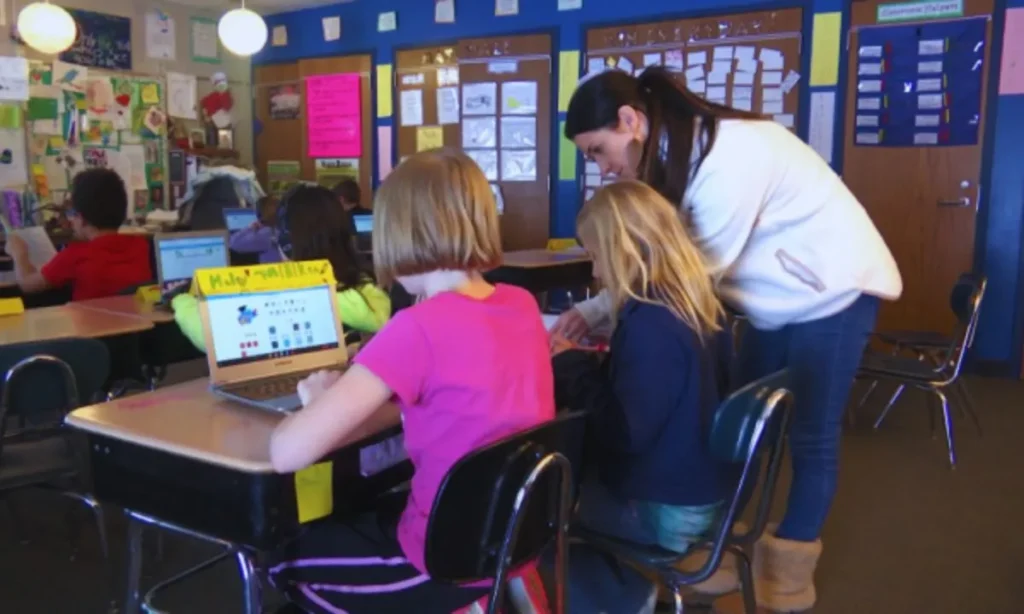
The financial context surrounding the USD 259 school closing plan is complex. The district aims to address a $42 million budget gap while navigating the costs associated with aging school infrastructure.
Anticipated Financial Outcomes
| Financial Aspect | Amount |
|---|---|
| Expected Savings from Closures | $16.2 million |
| Budget Gap | $42 million |
| Average Repair Cost per School | $11 million |
By closing schools, the district hopes to redirect funds toward essential areas while maintaining educational quality.
Long-Term Financial Planning
The district’s financial strategy must also consider long-term planning. Sustaining quality education with reduced funding will require innovative approaches, including:
- Streamlining Operations: Evaluating administrative costs and reallocating resources where necessary.
- Grant Applications: Actively pursuing grants from state and federal sources to support specific programs.
Financial Transparency and Accountability
Transparency in the financial decision-making processes of the Wichita school closings district is essential for fostering trust within the community. Providing clear information about budgets, expenditures, and funding sources helps stakeholders understand the rationale behind proposed school closures. By communicating openly, the district can dispel misconceptions and engage the community in constructive dialogue about financial constraints and future strategies.
Moreover, accountability is crucial for maintaining public confidence in the district’s leadership. Establishing mechanisms for community oversight and input on budgetary decisions can help ensure that resources are allocated effectively. Engaging residents in discussions about spending priorities not only promotes trust but also empowers the community to participate actively in shaping educational policies that affect their children’s futures.
Community Reactions and Concerns
The proposed USD 259 school closing plan has sparked diverse reactions. Parents, educators, and community members have voiced their concerns through public forums and social media.
Summary of Community Feedback
- Concerns About Accessibility: Many worry about increased travel distances for students. Longer commutes may disproportionately affect lower-income families without reliable transportation.
- Impact on Special Programs: Parents fear losing unique programs offered at the schools, particularly magnet programs known for their specialized curricula.
- Community Identity: Schools often serve as community pillars; closures may diminish local identity and cohesion. The loss of these institutions can have lasting effects on community engagement and support.
Quotes from Community Members
- “Our school isn’t just a building; it’s where our children make friends and grow.” – Local parent.
- “I worry about how this will impact my child’s education and the resources available.” – Concerned educator.
Future of Education in Wichita
The USD 259 school closing plan presents a pivotal moment for Wichita’s educational future. As the district reevaluates its resources, it must consider innovative ways to adapt to changing demographics and financial realities.
Potential Strategies Moving Forward
- Investment in Magnet Schools: Enhancing magnet school programs could attract more students and retain enrollment. Schools like the Cleaveland Traditional College and Career Readiness Magnet Elementary School have proven successful and could serve as models for expansion.
- Partnerships with Local Organizations: Collaborating with community organizations can provide additional resources and support. This can include mentorship programs, after-school activities, and tutoring services.
- Focus on Virtual Learning Options: Expanding online education may appeal to families seeking flexibility. Offering hybrid models could help retain students who prefer learning from home while still benefiting from in-person support.
- Enhanced Communication: Transparent communication with parents and the community is vital. Regular updates and open forums can help alleviate concerns and foster collaboration.
The Future of Wichita Public Schools
As the Wichita school district navigates the complexities of educational reform, the future holds both challenges and opportunities. Emphasizing innovation and adaptability will be essential in meeting the evolving needs of students and families. By prioritizing new teaching methods, technological advancements, and flexible learning environments, the district can enhance the educational experience for all students.
Furthermore, fostering strong community involvement will be key to the district’s success. Engaging parents, local organizations, and businesses in collaborative efforts can create a supportive network that enriches the educational landscape. Together, these initiatives can help build a resilient school system capable of adapting to changing demographics, financial realities, and the needs of Wichita’s diverse student population.
Frequently asked Questions
What Wichita schools are closing?
Wichita is set to close several schools as part of budget cuts, focusing on addressing declining enrollment and aging facilities.
What is the Wichita School Master Plan?
The Wichita School Master Plan outlines strategies for optimizing resources, improving educational facilities, and addressing long-term needs in the district.
What six Wichita schools are closing permanently as part of a $42 million deficit?
The six schools facing permanent closure include a mix of elementary and middle schools, all aimed at mitigating a significant budget shortfall.
How many high schools are in Wichita?
Wichita has several high schools that cater to the diverse needs of its student population within the district.
Which state has the most high schools?
California boasts the highest number of high schools in the United States, reflecting its large population and educational system.
Where is the biggest high school in the world?
The largest high school globally is located in Texas, accommodating thousands of students and offering a wide array of programs.
What is the richest high school?
The richest high school in the U.S. is often cited as being located in California, with significant funding and resources available for its students.
Which is the richest school in the world?
The title of the richest school worldwide typically goes to elite institutions with extensive endowments and resources for education.
Which is the best school in Asia?
Several schools in Asia are recognized for excellence, often competing for the top spot based on academic achievements and resources.
Which is the best school in Pakistan?
In Pakistan, institutions like Lahore Grammar School and Karachi Grammar School are frequently regarded as among the best.
Conclusion
The decision that six USD 259 schools will shutter in 2024 if the Wichita school board approves the plan marks a significant change for the community. This move aims to address financial challenges and declining enrollment, but it raises concerns about the impact on students and families.
The potential USD 259 school closing plan represents a significant shift for Wichita’s educational landscape. By understanding the factors at play, community members can better navigate the changes ahead.
Call to Action: Stay engaged, attend public meetings, and voice your opinions. The future of education in Wichita depends on the active participation of its residents.
Additional Resources
- Wichita Public Schools Website: Wichita Public Schools
- Kansas Department of Education: Kansas Education
- Local Advocacy Groups: Consider joining local advocacy groups focused on education to stay informed and involved.

Callista
Stylorush.com is a dynamic platform where creative minds come together to explore fashion, beauty, and lifestyle trends. Our authors craft engaging articles that inform, inspire, and captivate readers. Specializing in a variety of topics, they contribute to shaping the ever-evolving world of style and culture, making Stylorush.com a go-to destination for trendsetters.
